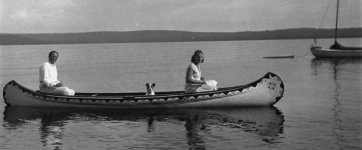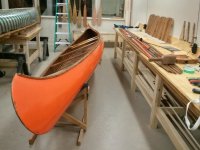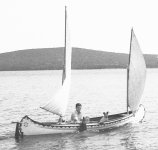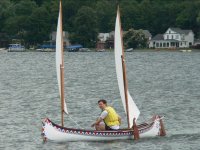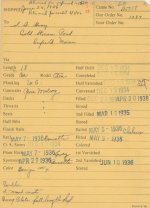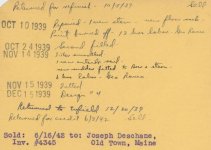I admire your choice, something different. I like green, lots of green canoes around. For me, taking a big step is going from Interlux Green to Epifanes Green. When I saw my friend David’s (aka coldfeet) Chestnut Chum in Epifanes green next to my Fox in Interlux green, I knew it was time for a change.
Epifanes on the left,
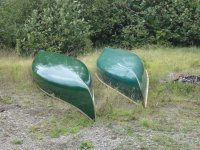
When I paint my JR Robinson I might go with dark blue, I’ve seen it on a canoe and thought it looked nice.
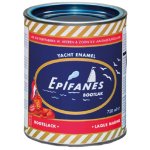
Epifanes on the left,

When I paint my JR Robinson I might go with dark blue, I’ve seen it on a canoe and thought it looked nice.


